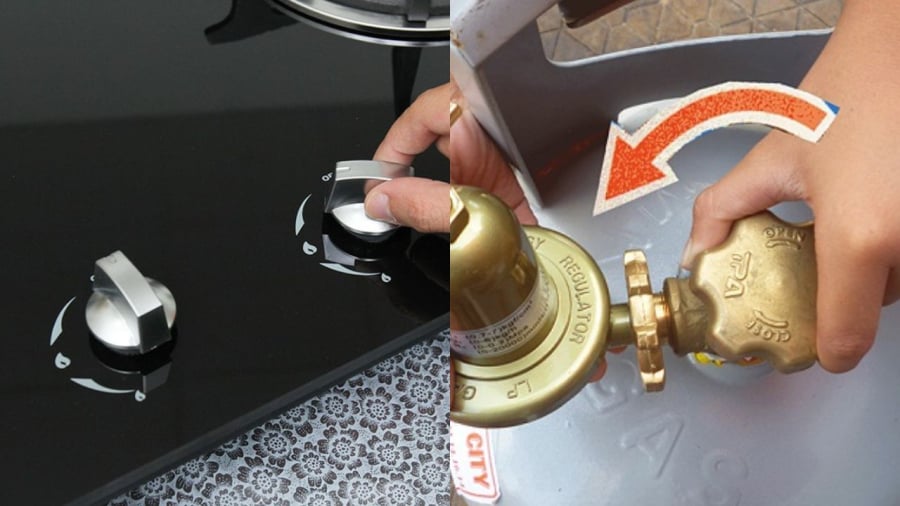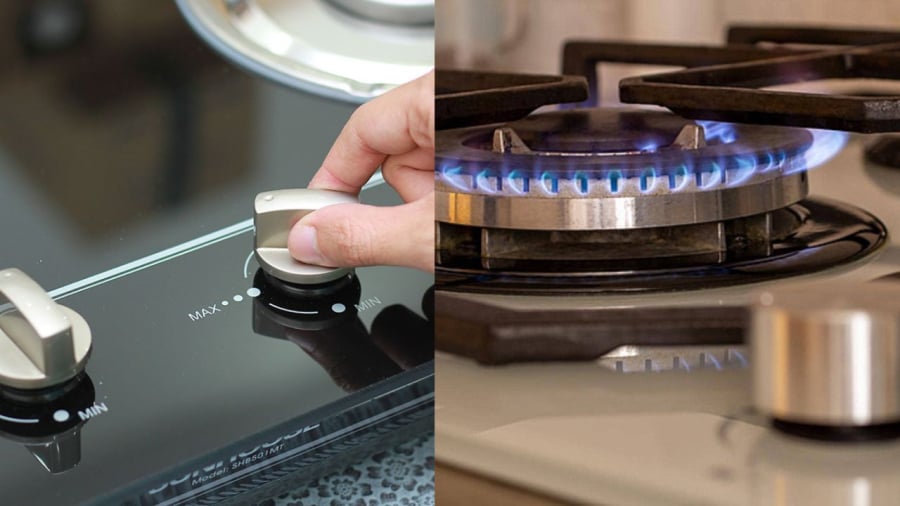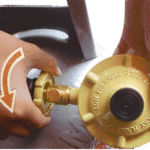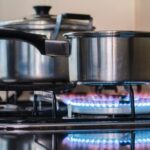## Lock the Stove Before Turning it Off
Locking the gas stove after cooking is essential for safety and efficiency. It prevents gas leakage and potential hazards while saving costs. However, many people are unsure whether to turn off the stove or close the gas valve first.
To understand this, you need to know that the gas valve is a device that blocks gas from escaping into the pipeline. When you turn off the stove, the gas will no longer ignite, but it can still escape through the ignition hole. Therefore, for safety reasons, when you’re about to finish cooking, it’s best to close the gas valve first to prevent gas from entering the pipeline. Once the valve is closed, the gas already in the pipeline will continue to burn until it’s exhausted, and the flame will go out. At that point, you can turn off the stove. This practice minimizes gas escape, reduces odors, and prevents inhalation, while also mitigating the risk of fires and explosions.

Always Lock the Gas Valve Before Turning Off the Stove
Interestingly, most people do the opposite: they turn off the stove and then close the gas valve. While this method prevents gas loss from the tank, it allows gas that has already entered the pipeline to continue escaping, causing a gas smell in the house.
For maximum safety and economy, the correct sequence is to close the valve, wait for the gas to burn out, and then turn off the stove.
Using a gas stove is generally safer than wood-burning stoves as there’s no smoke. However, escaped gas can be highly toxic, especially in enclosed homes. Therefore, it’s crucial to be meticulous about closing the gas valve.
## Additional Safety Precautions:
– Avoid placing the gas stove and refrigerator close to each other. Both appliances generate heat, increasing the temperature in that area. This not only wastes electricity for the refrigerator but also increases the risk of fires and explosions.
– Don’t position the gas stove near a window exposed to direct sunlight. Cooking with wind and rain can be challenging, and the flame can cause burns.

Proper Cleaning and Usage Ensure Safety and Efficiency
– Place the gas cylinder in a well-ventilated area to allow gas to escape downward, reducing the risk of fires and explosions. Don’t keep the cylinder right next to the stove.
– The base of the gas stove should be made of fire-resistant materials. Maintain a minimum distance of 15 cm from the wall, 1-1.5 m from the ceiling, and 1.5 m from other electrical appliances. Keep the area around the gas stove clutter-free, especially plastic items.
– Purchase gas from reputable sources and regularly check the gas level in the cylinder.
– Periodically replace the gas hose to prevent gas leakage.
– Regularly clean the gas stove to ensure proper ignition and cooking performance.



































